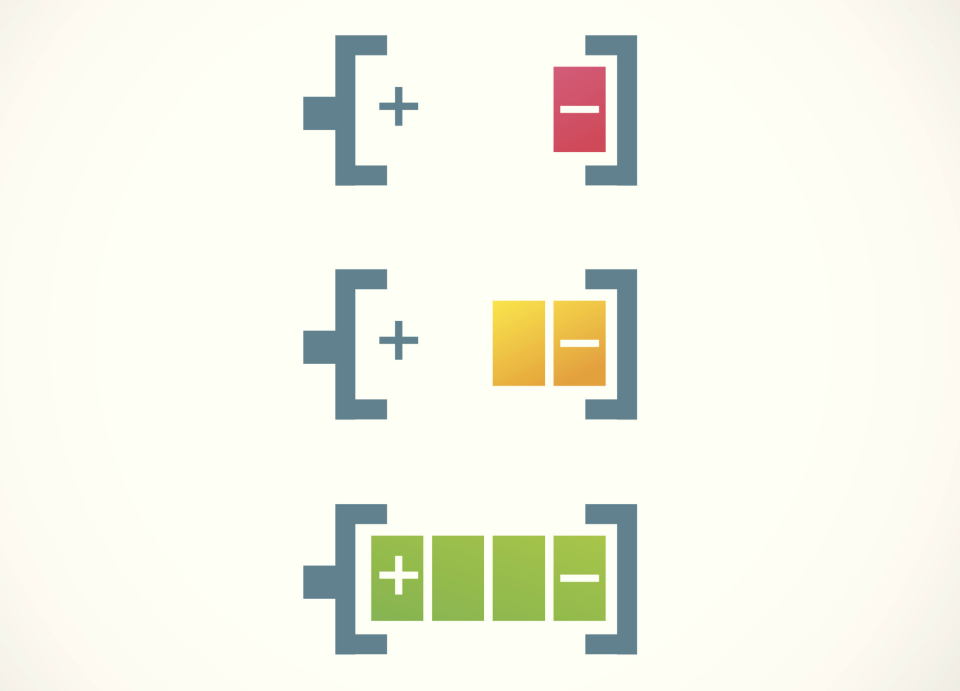
The recent string of “fast-charging” smartphones may brag about their ability provide four hours of power after a mere 10-minute charge, but the unspoken caveat is that such rapid speed comes at the cost of declined battery capacity and lifespan. Chinese tech giant Huawei believes it’s come up with a solution in the form of a new lithium-ion battery that uses graphite-coated anodes to permit rapid charging, without compromising long-term lifespan or capacity.
How fast exactly are we looking at? Speaking at the 56th Battery Symposium in Japan, Huawei unveiled two batteries — a 3,000 mAh with an energy density of 620 Wh/L that charges up to 48 percent in only five minutes, and a much faster but less practical 600 mAh battery that reaches 68 percent capacity in only two minutes.
To put this into perspective, the 3,000 mAh battery is roughly the same capacity as is found in contemporary smart phones: the Galaxy S6 uses a 2,550 mAh battery while the Galaxy Note 5 features a 3,020 mAh battery. Conversely, the 600 mAh is far too limiting and are better reserved for cordless phones or night lights.
Huawei explains that the anodes were created by bonding heteroatoms to the graphite molecules in the anode, permitting them to function as a catalyst for the capture and transmission of lithium through carbon bonds. It’s these heteroatoms — atoms which are not carbon or hydrogen in a ring structure — that are directly responsible for the increased the charging speed amidst the continued performance.
While the two batteries are currently prototypes, Huawei hopes to mass produce them and spark a revolution in consumer electronics, although it should be mentioned that Huawai us not alone in this pursuit. Just last year, the Israeli firm Storedot unveiled at CES 2015 a fast-charging device based on synthesized organic molecule that fully charges any smartphone battery in one to two minutes.
Unfortunately, battery design doesn’t benefit from the same incremental improvement inherent in transistor-based semiconductors; instead, breakthroughs culminate in the intersection between physics, chemistry, and material science.
Source: Huawei
Advertisement
Learn more about Electronic Products Magazine





